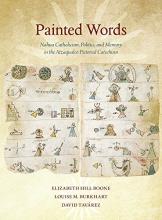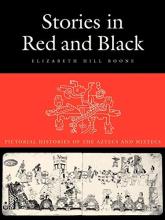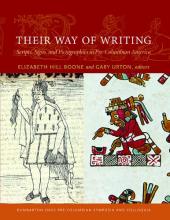Elizabeth Boone
Martha and Donald Robertson Chair in Latin American Studies - Newcomb Art Department

Areas of Expertise
Biography
Elizabeth Boone (Ph.D., University of Texas at Austin, 1977) is a specialist in the Precolumbian and early colonial art of Latin America, with an emphasis on Mexico. Formerly Director of Pre-Columbian Studies at Dumbarton Oaks, she has taught art history at Tulane since 1995. In 2006-8 she was the Andrew W. Mellon Professor at the Center for Advanced Study in the Visual Arts at the National Gallery of Art. She is a Fellow of the American Academy of Arts and Sciences and a Corresponding Member of the Academia Mexicana de la Historia. Her research interests range from the history of collecting to systems of writing and notation; they are grounded geographically in Aztec Mexico but extend temporally for at least a century after the Spanish invasion.
Her last monograph book is a synthetic analysis of the Mexican divinatory and religious codices (Cycles of Time and Meaning in the Mexican Books of Fate, Texas Press, 2007), which explains the figural vocabulary of the sacred calendar and its prophetic forces, but focuses on the graphic structures that unite the two. The book also reinterprets the great narrative passage in the Codex Borgia as a Mexican cosmogony. This book is conceptualized as a companion to her Stories in Red and Black: Pictorial Histories of the Aztecs and Mixtecs (Texas Press, 2000; Spanish translation, Fondo de Cultura Económica, 2010), which won the Arvey Prize of the Association for Latin American Art. A volume of papers edited with Gary Urton, Their Way of Writing: Scripts, Signs, and Pictographies in Pre-Columbian America (Dumbarton Oaks and Harvard Press, 2011), broadly considers Amerindian systems of writing. Her most recent book, written with Louise Burkhart and Davíd Tavárez, deciphers a pictographic catechism from colonial Mexico as a particularly indigenous expression of devotional knowledge. Her current book project focuses on the pictorial encyclopedias of Aztec culture that were created in the decades the Spanish conquest of Mexico. She is particularly interested in how indigenous pictography adapted under the influence of European script and image-making, and why it retained its agency as a container of truth.
Education
University of Texas
University of Texas
College of William and Mary
Accomplishments
Recipient, H. B. Nicholson Award for Excellence in Mesoamerican Studies, Moses Mesoamerican Archive and Peabody Museum, Harvard University
2014
Fellow, American Academy of Arts and Sciences
2012
President, American Society of Ethnohistory
2009 - 2010
Association for Latin American Art Book Award, for Stories in Red and Black
2001
Andrew W. Mellon Professor, Center for Advanced Study in the Visual Arts, National Gallery of Art
2006 - 2008
Articles
Fashioning Conceptual Categories in the Florentine Codex: Old World and Indigenous Foundations for the Rulers and the Gods
2019
The Pictorial History of Coixtlahuaca’s Lienzo Seler II
2017
Who They Are and What they Wore: Aztec Costumes for European Eyes
2017
Seeking Indianness: Christoph Weiditz, the Aztecs, and Feathered Amerindians
2017
Discurso en imagines: la producción Azteca de textos cristianos
2017








